Invented by Nadeem Tariq, Muhammed Arshad, Hamad Raza Jamshed, Nasim Ahmed, NIHA Corp
Traditionally, rock phosphate has been the primary source of phosphate for fertilizer production. However, the extraction and processing of rock phosphate can be costly and environmentally damaging. The continuous solubilization process offers a more sustainable and efficient alternative.
The process involves the use of microorganisms to solubilize rock phosphate, converting it into a bioavailable form of phosphate that can be easily absorbed by plants. This bio-organophosphate fertilizer not only provides essential nutrients for plant growth but also improves soil health and reduces the risk of nutrient runoff into water bodies.
One of the key advantages of this continuous process is its ability to produce fertilizer on-demand. Unlike traditional methods that require large-scale mining and processing operations, the continuous solubilization process can be implemented on a smaller scale, making it more accessible to farmers. This allows for a more localized and sustainable approach to fertilizer production, reducing transportation costs and carbon emissions associated with long-distance shipping.
Furthermore, the continuous solubilization process minimizes the environmental impact of phosphate extraction. By utilizing microorganisms to break down rock phosphate, the need for harmful chemicals and energy-intensive processes is significantly reduced. This not only reduces the carbon footprint of fertilizer production but also eliminates the risk of soil and water contamination.
The market for bio-organophosphate fertilizer has been steadily growing as more farmers recognize the benefits of this innovative approach. The improved nutrient availability and soil health provided by BOP fertilizer result in higher crop yields and improved plant quality. Additionally, the reduced risk of nutrient runoff helps protect water bodies from harmful algal blooms and other ecological issues.
The demand for sustainable and environmentally friendly agricultural practices has also contributed to the growth of the BOP fertilizer market. As consumers become more conscious of the impact of conventional farming practices on the environment, there is a growing demand for products that promote sustainable agriculture. BOP fertilizer fits this criteria perfectly, offering a solution that not only improves crop productivity but also reduces the environmental footprint of farming.
In conclusion, the market for the continuous solubilization process for producing bio-organophosphate fertilizer has been steadily growing in recent years. This innovative method offers numerous benefits, including improved nutrient availability, soil health, and reduced environmental impact. As more farmers and consumers recognize the advantages of this sustainable approach, the demand for BOP fertilizer is expected to continue its upward trajectory.
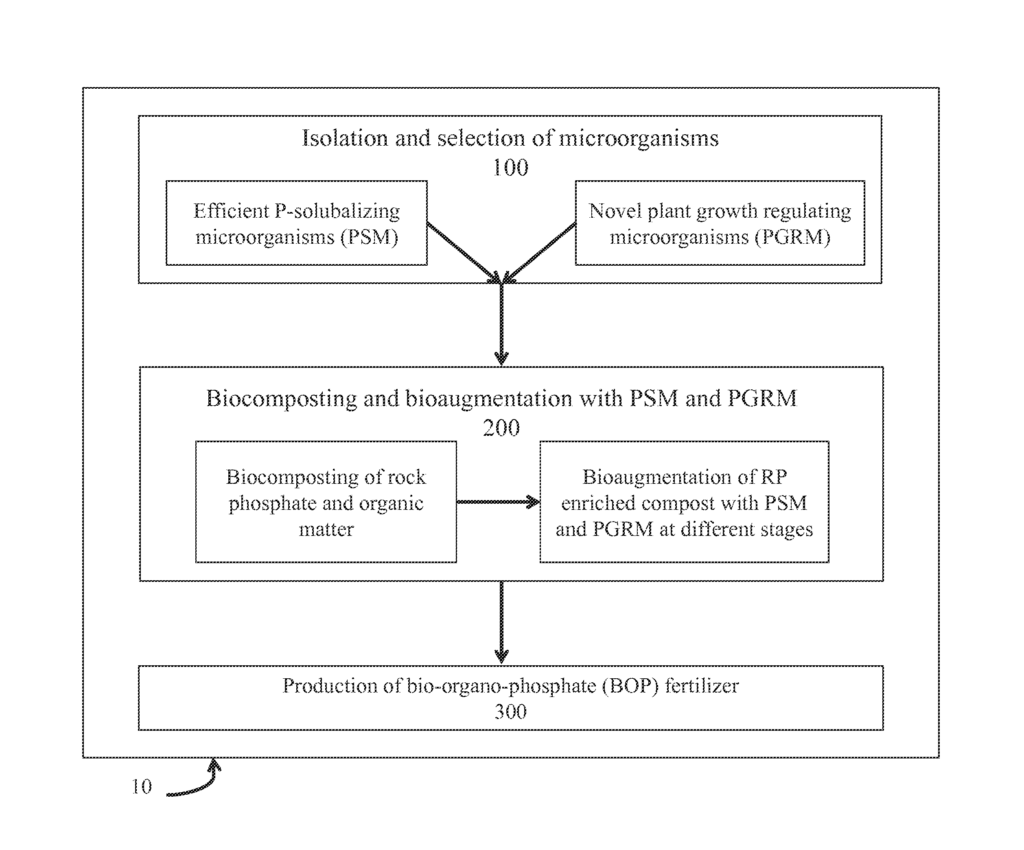
The NIHA Corp invention works as follows
The methods include collecting and sorting of organic wastes; blending with RP; subjecting the blend to biocomposting. They also include collection, isolation, selection and growth optimization of consortia consisting of efficient phosphorus solubilizing microorganisms (PSM) and novel plant growth regulating microorganisms (PGRM). The methods involve collecting and sorting organic wastes, blending them with RP, and then subjecting the mixture to biocomposting. They also include collection, isolation and selection of consortia that are efficient phosphorus-solubilizing bacteria (PSM), and novel plant growth regulating bacteria (PGRM).
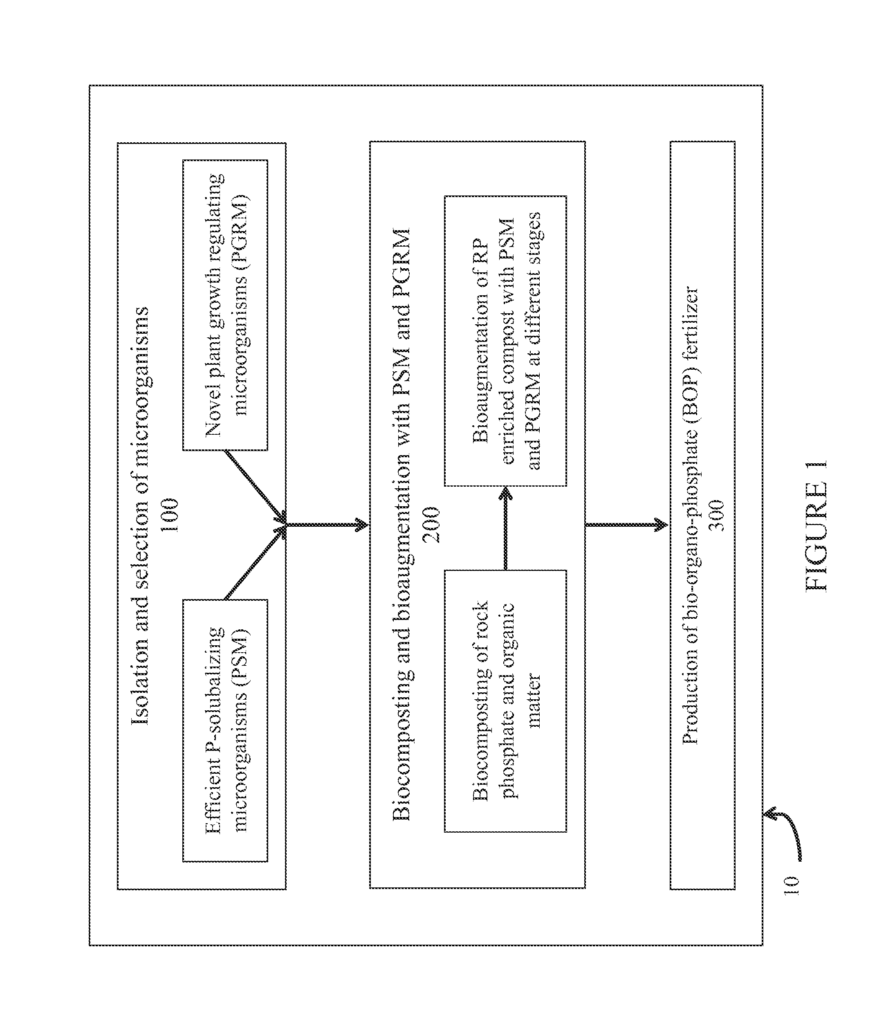
Background for Process for producing bio-organophosphate (BOP), fertilizer by continuous solubilization rock phosphate through a composting process and bioaugmentation using phosphorus-solubilizing microorganisms”.
I. “I.
The phosphorus (P) in plants is an essential nutrient for growth and development. It makes up 0.2% on a dry weight basis. (Vance, 2001; Sachachtman et al., 1998.) It is a significant part of a plant’s physiological and biochemical activities, such as photosynthesis, carbon metabolism, membrane formation, energy generation, nucleic acid synthesis, glycolysis, respiration, enzyme activation/inactivation and nitrogen fixation. (Bucio et al., 2003.)
Plants absorb the majority of their phosphorus in the form of primary orthophosphate (H2PO4? “Plants absorb most of their phosphorus as the primary orthophosphate ion H2PO4? ?). The plants also absorb certain organic phosphates that are soluble (i.e. PO4 ? PO4? (Sekhar & Aery, 2001, Mullins 2009)
The addition of phosphorus has a variety of benefits, including deeper and more abundant roots. (Gupta & Sen, 2012) A phosphorus deficit alters the root architecture which affects normal crop maturation and seed development. (Williamson et al., 2001.) “The availability of sufficient phosphorus, therefore, is essential to stimulate early growth in plants and accelerate maturity.
However, the phosphorus in soil is one of the least bioavailable nutrients (Takahashi & Anwar, 2007).” The total amount of phosphorus in soil is on average 0.05%, but only 0.1% is available to the plants. (Zou et al., 1992.) At pH 6.5, where it is most soluble, even in fertile soils there is less than 10 M available. (Gyaneshwar et al., 1998.)
Soil Phosphorus is found both in organic and mineral pools.” The soil phosphorus found in soil is in the form of organic phytic acids, which ranges from 20% to 80%. (Sachachtman et al., 1998.) “As most arid or semi-arid soil regimes lack phosphorus, phosphatic fertilisers are needed to replenish the phosphorus required by crop plants.
However, over 80% of phosphorus used as fertilizer is immobilized in a pool of iron (Fe), aluminum (Al) and calcium (Ca), which are present in soils with acidic pH, and neutral or alkaline pH. This results in the insolubilization of phosphorus, its precipitation, adsorption and conversion to an organic form by biological activity. (Harris et al. 2006.) The so-called ‘fixation’ This so-called?fixation? of externally provided phosphorus occurs in alkaline soils and calcareous ones because the calcium has a higher activity. When applied in conjunction with soils that have a high pH, externally-supplied phosphorus can cause the precipitation and accumulation of insoluble dicalcium phosphate as well as other calcium phosphates like hydroxyl-apatite or carbonatoapatite. This reduces the activity of the phosphorus. Researchers have found that phosphorus is ‘fixed’. In alkaline soils, clays saturated in calcium are largely responsible for retaining phosphorus. Calcium ions are able to retain more phosphorus than those saturated with sodium, or other mono-violentions. This leads to the formation of clay. ?) It is thought to be the most probable culprit.
The availability of phosphorus is a global problem. This is why crop yields on 30-40% of the world’s arable lands are limited. (Vance et al., 2003.)
To maximize crop production, soluble fertilizers containing phosphorus are applied on agricultural fields. (Shenoy & Kalagudi 2005.) Commercial fertilizers play a significant role in increasing the yield per acre of crops, and feeding the growing population of the globe.
Unfortunately, the current production of phosphorus fertilisers is not enough to meet the rising demand. Prices of phosphorus fertilisers have been steadily increasing due to the alarming depletion in world rock phosphate resources and their poor efficiency of use. The low use of phosphorus fertilizers is mainly due to high fertilizer prices and their scarcity when applied at the correct time. (Alam et al., 2005.) In addition to these problems, the fixation/precipitation/adsorption transformation of phosphorus decreases efficiency of applied chemical phosphorus fertilizers. This suboptimal use has led to the exogenous application in large quantities of phosphatic fertilisers on agricultural fields. (Vassilev and Vassileva, 2003; Aziz et al., 2006.)
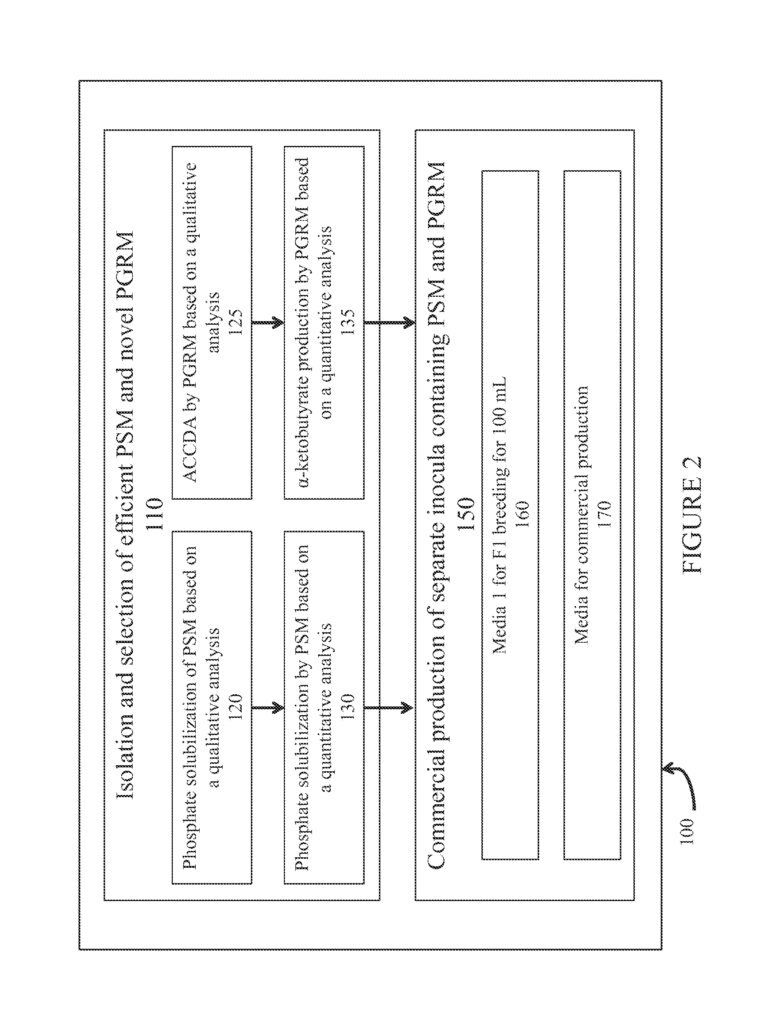
It would be desirable to have a better supply of organic phosphate that not only provides soluble organics phosphates, but also releases a substantial amount of phosphorus via microbial mineralization.
II. “II.
Rock phosphate is the basic raw material for chemical phosphatic fertiliser. Globally, there are four major types of phosphate resources in the world, including marine, igneous, metamorphic and biogenic phosphate deposits which contain either of the flour-apatite (Ca10/(PO4)6F2), hydroxy-apatite (Ca10(PO4)6(OH)2), carbonate-hydroxy-apatite (Ca10(PO4CO3)6(OH)2), francolite, dahllite, and collophane compounds. (Straaten, 2002.) The largest reserves are in Northern Africa and the Middle East. They can also be found in Brazil, Canada, Finland. Russia, South Africa, United States. There are also large phosphate reserves on the continental shelf and seamounts of the Atlantic and Pacific Oceans. “World rock phosphate resources are over 300 billion tons. Annual consumption in 2011 increased by 20%.
The desired grade of rock-phosphate to manufacture classic chemical fertilizers would be one with 30% P2O5 and higher, as well as low levels of silica, magnesium, and other elements. These grades are in short supply. To improve the P2O5 and remove unwanted elements from low-grade rock, a number of physiochemical processing methods are used. Crushing & Screening, Scrubbing, De-Sliming, Flotation, Magnetic and Gravity Separation are used to achieve physical and thermal upgradation of rock. These processes consume a large amount of energy and emit environmental pollutants.
Rock phosphate has a high proportion of isomorphic replacement in its crystal lattice, and a variety of impurities and accessory minerals. According to research, rock phosphates can be used directly in acidic soils as a source of phosphorus but they are not suitable for neutral or alkaline soils (Sekhar & Aery, 2001). In order to achieve sustainable agriculture, it is necessary to mobilize bioavailable phosphorus in alkaline/calcareous phosphates through advanced methods where the inert source of phosphorus can be converted into plant-available form. (Kennedy & Smith, 1995; Caravaca, et al. 2004.)
The depletion of organic matter reserves in arid, alkaline/calcareous, soils can also affect soil metabolism and negatively impact crop production. (Mullins, 2009.) The majority of organic matter quickly decomposes when applied to hot, arid climates. This is why arid land has a low organic matter content. Organic matter is an universal remedy that is proven to improve soil health, and the availability of nutrients for plants. Organic wastes can be used to provide macronutrients for plants as well as a high quantity of micronutrients. It is hard to increase organic matter in soils with good aeration, like coarse sands or soils in hot-warm regions. This is because the added materials quickly decompose. (Hamza & Anderson, 2010)
Generally, an arid climate enhances microbial degradation of organic matter and soils with low organic carbon are prone to this.” Inoculums or microorganisms added to these soils will not achieve a population that allows them to perform effectively. They often do not survive for long and this results in poor performance. In this situation, it is urgent to restore organic matter by exogenous application. These organic amendments, unlike chemical fertilizers are not as rich in nutrients. After the introduction of high-yielding varieties and chemical fertilizers in cropping systems, farmers have become dependent on chemical fertilizers for high plant nutrition requirements.
But the use of chemical fertilizers and organic waste not only require constant replenishment, but are also a pollution source, requiring extra management to manage short-term and long-term environmental impacts. Organic waste management has become a major issue for the environment because of population growth. This means that there is more waste to recycle. Chemical fertilizer production is also known to produce a variety of harmful byproducts (e.g. Hydrofluoric Acid, Silicon, Tetrafluoride and Fluoride (NO4, NOx, Dust fluoride effluents), NO4, NOx, Lead, Radionuclides, Sulfur compounds, Chloride, Cadmium, Lead, etc.). Chemical fertilizer production also uses a lot of energy. This can range from 120 KWh to 450KWh per ton P2O5, depending upon the process used. Chemical fertilizer production consumes large amounts of water – ranging between 2 and 150 cubic meters for every ton of P2O5, based on the process used. (UNEP Technical Report, 1996; World Bank Group Report, 2007)
Recycling organic wastes has become a major issue for the environment as the world population increases and agricultural farming requires more organic waste and chemical fertilisers. Composting organic wastes is considered the best way to recycle. Composting improves soil quality, which in turn promotes plant growth. (Vassilev & Vassileva 2003.)
The efficient use of organic fertilisers is therefore a key strategy for improving soil organic content and nutrient supply, as well as for reducing input costs of mineral fertilizers and for promoting a healthier environment. (Bhattacharyya et al., 2007; Ahmad et al., 2007a.)
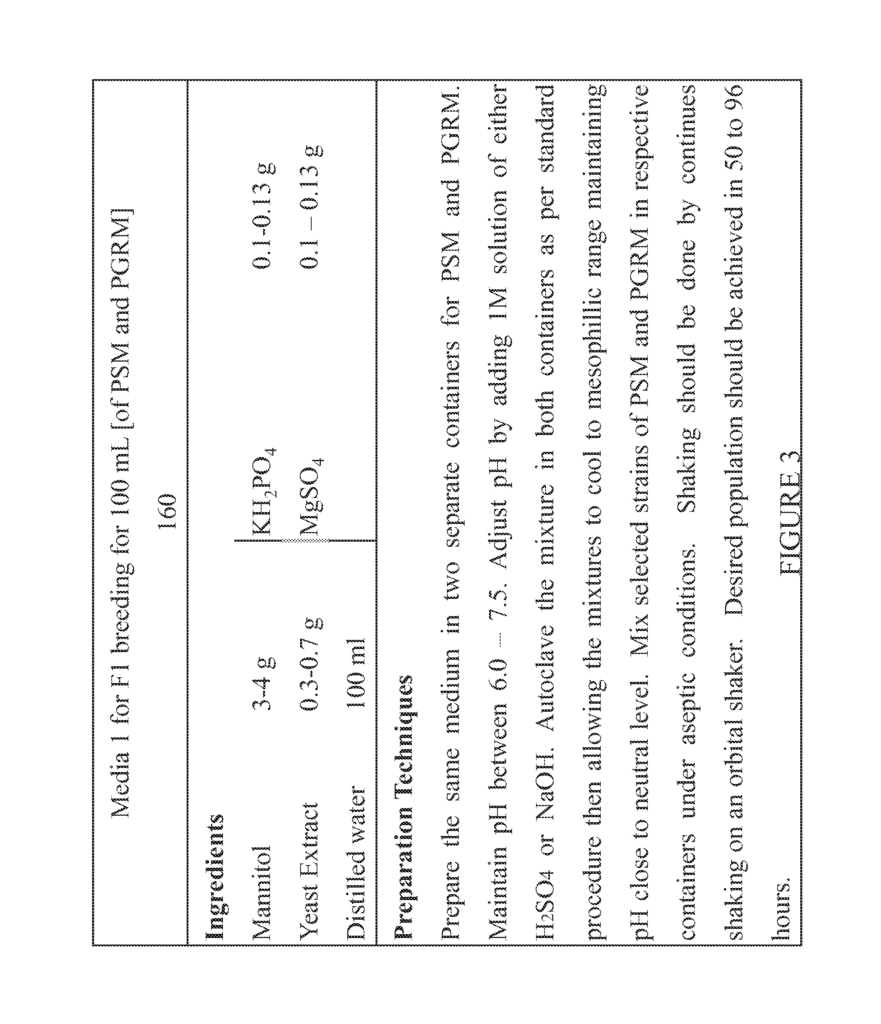
In recent years, organic approaches that supplement nutrients with organic sources and do not use synthetic formulations have received a positive response. Due to accelerated decomposition and the current hegemony held by organic fertilizer practitioners the use of organic material is poor in nutrients and does not fully meet nutritional needs for crops, especially phosphorus. (Ahmad et al., 2007b.)
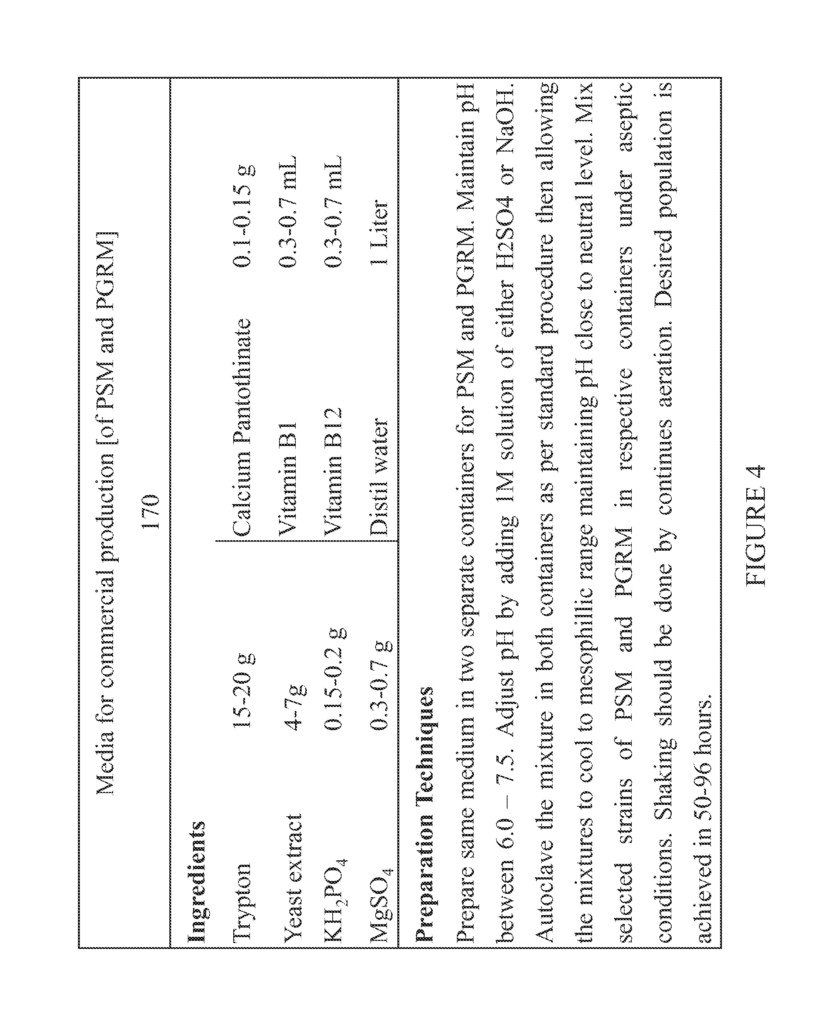
Click here to view the patent on Google Patents.
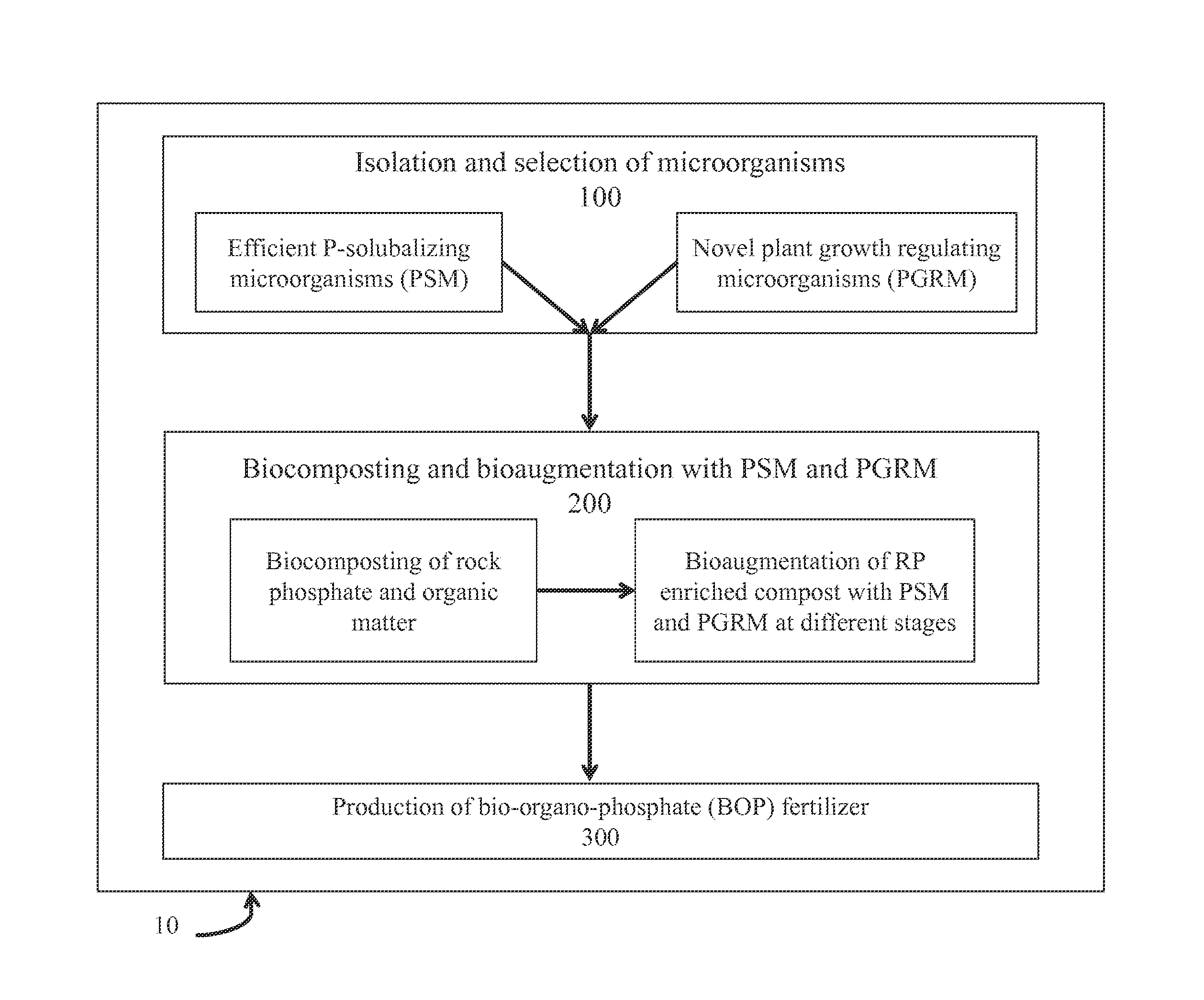
Leave a Reply